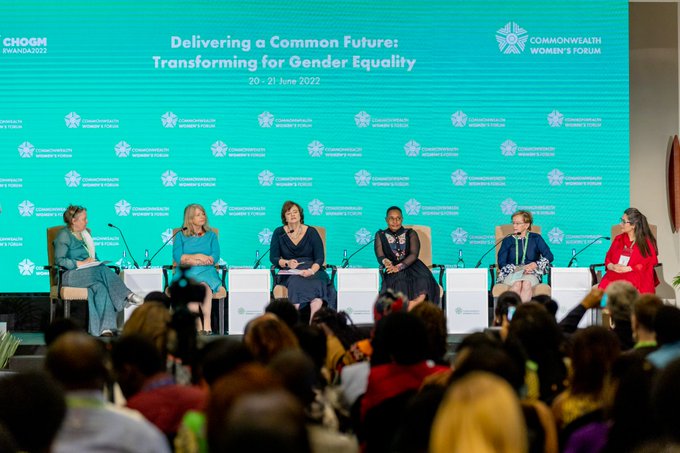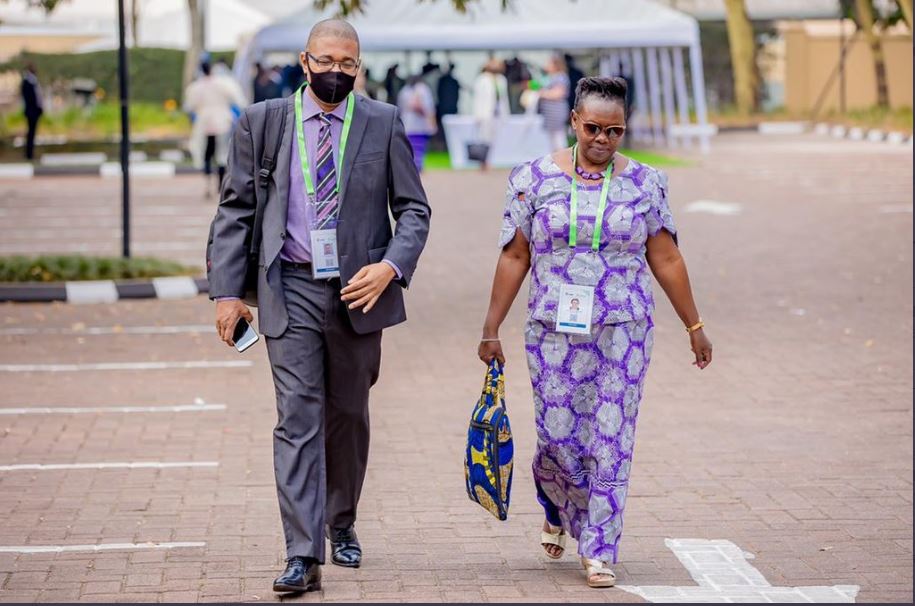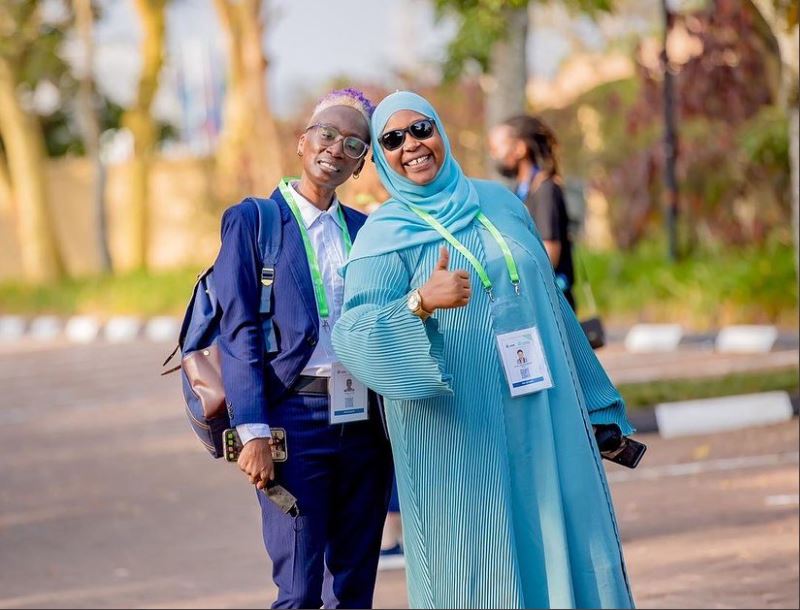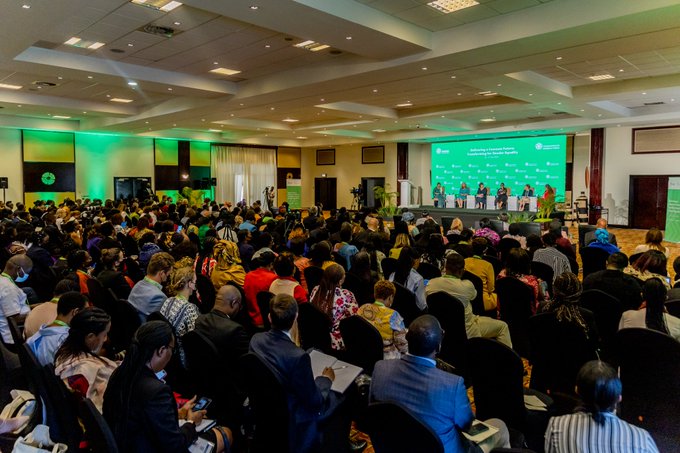
The Women forum of CHOGM was concluded on June 21
It is estimated that one woman could die of cervical cancer every three minutes if no action is taken by 2030.
To combat the vice, medical experts have called on governments to accelerate cervical cancer elimination efforts across the Commonwealth member States.

This week researchers, policymakers, academics, advocates, civil society, and political leaders gathered at Kigali Convention Center (KCC) to discuss the current challenges, priorities, and strategies for cervical cancer elimination across the Commonwealth States.
 On June 21, the closing session of the Commonwealth Women’s forum focused on the theme “Accelerating Cervical Cancer Elimination: Realities, Challenges, and Opportunities”, and sought opportunities to expand the role of women leaders to be advocates for elimination.
On June 21, the closing session of the Commonwealth Women’s forum focused on the theme “Accelerating Cervical Cancer Elimination: Realities, Challenges, and Opportunities”, and sought opportunities to expand the role of women leaders to be advocates for elimination.
“Globally, cervical cancer is currently among the most pressing threats to women’s health. Of the four cancers affecting women globally, cervical cancer is the only one that has proven effective elimination strategies through the Human Papillomavirus (HPV) vaccine and early screening tools for pre-cancerous lesions,” Dr. Ruth Kattumuri, Senior Director of the Economic, Youth, and Social Policy Directorate at the Commonwealth Secretariat said.

“Unfortunately, progress has been slow because many low- and middle-income countries are experiencing challenges with access to screening tools and HPV vaccines. In addition, stigma and misconceptions surrounding cervical cancer are high. Hence there is an urgent need to work together to eliminate cervical cancer. And it requires bold strategic policies and actions by governments, health professionals and community organizations, involving women and youth in health advocacy, to improve awareness and address access challenges.”

According to health officials, although cervical cancer is one of the most preventable and treatable forms of cancer, there have been existing challenges towards achieving its elimination plans.
The highlighted challenges include lack of equitable access to quality medical measures and stigma and misconceptions about the disease at the community level.
Experts say the HPV vaccine and effective screening tools for pre-cancerous lesions are key tools to achieving elimination. However, as of 2020, only 13% of girls aged 9–14 years were vaccinated against HPV globally.
“We really should be very angry that in the 21st century we are still talking about women dying of cervical cancer when we have the tools, technology, and know-how to eliminate it,” Dr. Princess Nono Simelela, Assistant Director-General for Family, Women, Children, and Adolescents at the World Health Organization (WHO) said.
She said that the COVID-19 pandemic put immense pressure on global health systems, especially those of developing countries with underfunded and under-resourced health systems, halting progress made over the last 20 years towards attaining health-related Sustainable Development Goals.
She pointed out that the pandemic challenged prevention campaigns and treatment of life-threatening diseases including cervical cancer.
What Should be done?
The health experts have recommended a set of solution that should be established by governments to continue on fighting cervical cancer, but also the path to its elimination.
Among the recommendations, is to address the inequity of access to cervical cancer elimination tools, including ensuring equitable access to HPV vaccines and cervical cancer screening provisions, so that elimination can become a reality.
Another recommendation is to take steps to ensure that by 2025, girls in the Commonwealth have access to vaccination against HPV infection by age 13.
Additionally, there should be increased investment in the national cervical cancer control plans, in alignment with the WHO Global Strategy for the Elimination of Cervical Cancer and the UN’s 2030 Sustainable Development Goals.



